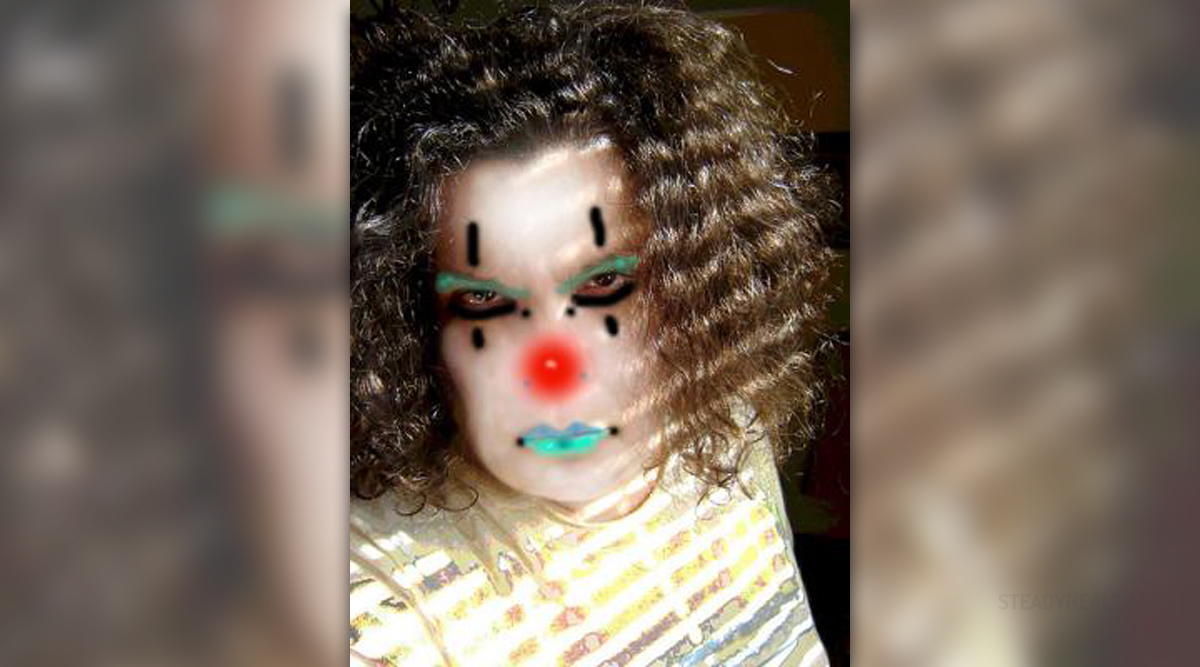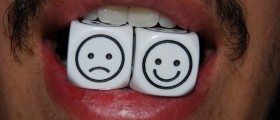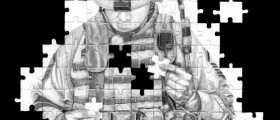
Multiple personality disorder is also known as a dissociative identity disorder. This psychiatric diagnosis describes a condition in which a person displays multiple different identities or personas, also known as alter egos or alters. Each of the personas has its own completely independent identity or personality states, as well as the patterns of dealing with the world around it. The patient is normally completely unaware of these other personalities and does not even remember what happened during the “attacks”. This disorder is characterized by a severe dissociation, and a complete lack of connection in patient’s beliefs, memories, feelings, proceedings, or sense of identity.
Causes of multiple personality disorder
Dissociative identity disorder is usually found in patients who have experienced a lot of stress at some point of their lives. Scientists believe that dissociative disorders develop as a coping mechanism that helps the patient to deal with the experienced trauma. In most of the cases, the causal chain starts somewhere in the early or mid childhood, and it is often associated with persistent physical, sexual or emotional abuse. Some patients simply grew up under the frightening and unpredictable conditions, or they had insufficient childhood nurturing. If this theory is true, then it actually means that when a child experiences a stressful effect, the awareness and the memory of the traumatic event, he or she splits off to survive in the abusive relationship. Dissociation, a partial or complete disruption of the normal integration of a person’s conscious or psychological functioning, thus becomes a coping mechanism for the individual when faced with stressful situations. The emotional component, memories and feelings, get deep into the subconscious only to reappear again in the form of a split personality. Multiple personalities develop as the process occurs repeatedly at different times.
Solutions for the multiple personality disorder
Treatment for dissociative identity disorder is focused on reconnecting the identities of different personas into a single fully functional identity. Most commonly, the treatment includes psychotherapy and medications. Psychotherapy is aimed at improving patient’s relationships with others and helping to experience suppressed feelings and learn how to deal with them properly. The treatment is slow but often very successful. Sometimes, hypnosis is used to get information about patient’s unconscious emotions and to help to increase the patient's control over the identity states. Creative art therapy is used for patients who have difficulty expressing their real thoughts and feelings, as well as to increase the patient’s self-awareness.
Medications used in the treatment usually address symptoms of depression, severe anxiety, anger and various impulse control problems. Electroconvulsive therapy is yet another successful aid in the treatment, often used when the patient experiences severe depression.














-Causes,-Symptoms,-Diagnosis-And-Treatment_f_280x120.jpg)


Your thoughts on this
Loading...